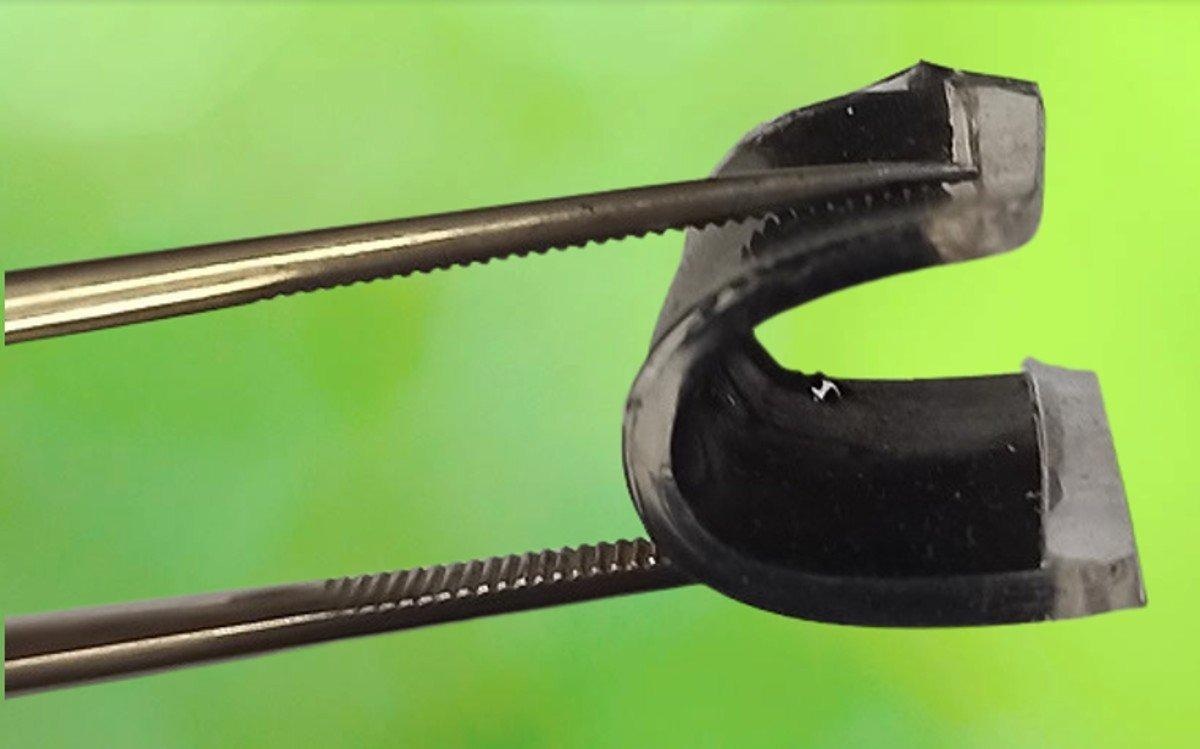As a result of new, eco-friendly energy research performed at the University of Surrey’s Advanced Technology Institute (ATI) and the Federal University of Pelotas (UFPel), Brazil, fitness trackers, smartwatches, and other Internet of Things devices can get a considerable increase to their “battery” life.
 A supercapacitor is a means to store and release electricity, like a typical battery, but it does so with far quicker recharging and discharging times. Image Credit: University of Surrey.
A supercapacitor is a means to store and release electricity, like a typical battery, but it does so with far quicker recharging and discharging times. Image Credit: University of Surrey.
The research group illustrated how a supercapacitor could be manufactured efficiently into a high-performance and low-cost power storage device that could be easily combined into clothing, footwear, and accessories. The study was published in the journal Nanoscale.
Supercapacitors are key to ensuring that 5G and 6G technologies reach their full potential. While supercapacitors can certainly boost the lifespan of wearable consumer technologies, they have the potential to be revolutionary when you think about their role in autonomous vehicles and AI-assisted smart sensors that could help us all conserve energy.
Ravi Silva, Professor, Head, Nano-Electronics Center, University of Surrey
Silva, who is also the director of the ATI added, “This is why it’s important that we create a low cost and environmentally friendly way to produce this incredibly promising energy storage technology. The future is certainly bright for supercapacitors.”
A supercapacitor helps to store and release electricity, like a normal battery, but it does that with rapid recharging and discharging times.
In the study, the scientists have explained a new procedure for the development of flexible supercapacitors depending on carbon nanomaterials. This method, which is affordable and less tedious to fabricate, involves shifting aligned carbon nanotube (CNT) arrays from a silicon wafer to a polydimethylsiloxane (PDMS) matrix.
Further, this is coated in a material known as polyaniline (PANI). It stores energy via a mechanism called “pseudocapacitance.” and provides excellent energy storage properties along with unusual mechanical integrity.
The team’s improved, wafer-thin supercapacitor holds the majority of its capacitance (the amount of separate electric charge that could be stored) following various cycles at different bending conditions illustrating its efficiency, longevity, and robustness.
Working at the ATI on a project of that could have a positive impact on industry and our environment has been incredibly fulfilling. My supervisor, Professor Silva, and the entire team at Surrey made me feel like a valuable member of the team and I was lucky enough to learn from outstanding colleagues. This is an experience that I will never forget.
Raphael Balboni, PhD Student, Federal University of Pelotas
Journal Reference:
Balboni, R. D. C., et al. (2022) An easy to assemble PDMS/CNTs/PANI flexible supercapacitor with high energy-to-power density. Nanoscale. doi.org/10.1039/D1NR06914D